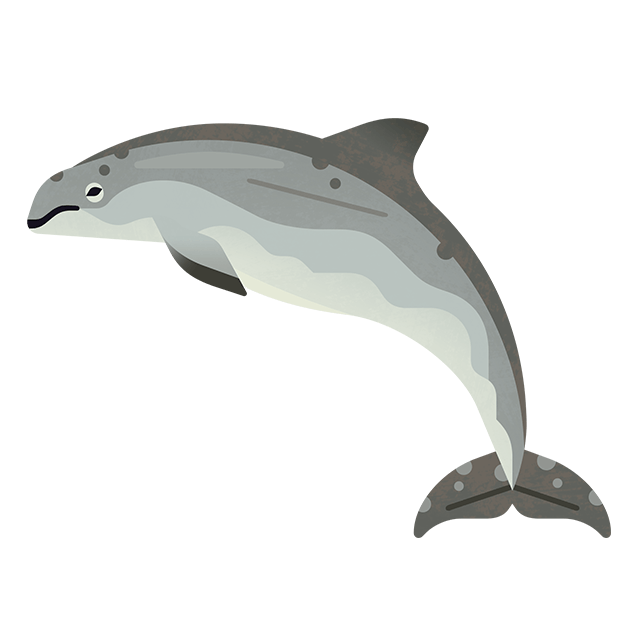
Preventing ocean threads
Our clothes are made of millions of tiny fibres, the majority of which are plastic. With every wash, microfibres shed from our clothes and end up in the environment.
69
%
of clothes made from synthetic fibres
63
%
of shrimp in the North Sea contain synthetic fibres
What you can do
While we're campaigning to Stop Ocean Threads, we've put together some actions you can take at home to reduce microfibre shedding and pollution.
Label alert: The worst microplastic shedding culprit is polyester fleece, but nylon and polyester fabric are also high shedders. Microfibres are lost into the environment during the production process as well as by washing and wearing. Choose clothes made from as near to 100% natural materials as possible.
Wash your clothes less: Only wash your clothes when they’re dirty, especially those made from synthetic fabrics. If you’re wearing a top for a few hours or a fleece for a few days, they probably don’t need washing – just hang them up to air instead.
Swap from washing powder to liquid: Powders are abrasive and therefore loosen more microfibres compared to a gentler liquid detergent.
Wash at 30: High temperatures can damage clothes resulting in more microfibre shedding.
Wash a full load: Only put a wash on when you have a full load. This is more environmentally-friendly and less friction between clothes will result in fewer fibres being shed.
Tumble dry less: Constant tumbling can make clothes more fragile and loosen fibres that will then shed in the next wash.
Buy a bag: Independent research has shown that in-machine filters are 78% effective at reducing microfibre loss, they’re by far the most efficient solution. The research also showed that a Guppy Bag reduces microfibre release to wastewater by around 54%.
While we campaign for filters in washing machines, it’s worth doing your research before you buy in-drum solutions.
Your questions answered
Are you saying I shouldn’t wash my clothes?
We need to wash our clothes! We've shared some advice on how to care for your clothes and reduce microfibre shedding at the same time – it will also help to increase the lifespan of your clothes too.
Which fabrics are the worst for shedding microfibres?
Research suggests that woven polyester is the worst culprit for releasing microfibres into the marine environment. Own a fleece? That’s woven polyester! The research has found that washing a fleece jacket can release millions of fibres into the wastewater system. Knitted polyester and woven polypropylene release less fibres.
Is it better if I buy second hand clothing? Or is new clothing less likely to shed?
Production of new clothing has significant environmental impacts due to everything from the carbon and water footprint to the chemicals used, it also tends to shed a lot in the first few washes. As clothes get towards the end of their life, the amount they shed is likely to increase again as fibres get worn out. If you do buy new, try to buy from sustainable sources where possible.
Is there anything I can do without needing to buy a new washing machine?
Sign our petition to show your support for microfibre filters and take a look at our advice above. The use of fabric softener has been found to reduce the number of fibres shed by more than 35%, as well as lower temperatures, shorter wash cycles and softer water.
Will washing machines with microfibre filters be expensive?
The microfibre filter technology isn’t prohibitively expensive and any cost increase is likely to be relatively small. Our YouGov survey found that over half (56%) of people were willing to pay an extra £5 or more for a washing machine which had a filter fitted.
Why is it important for commercial washing machines to include filters?
Commercial washing machines are used in manufacturing, laundrettes and hotels but the biggest microfibre losses occur during the first few washes, including any washing done during manufacturing. That's why it’s so important that commercial machines used in clothing manufacturing, as well as professional launderettes, are retrofitted with filters.
Have any other countries made this law?
As of January 2025, all new washing machines in France will have to include a filter to stop synthetic clothes from polluting our waterways.


